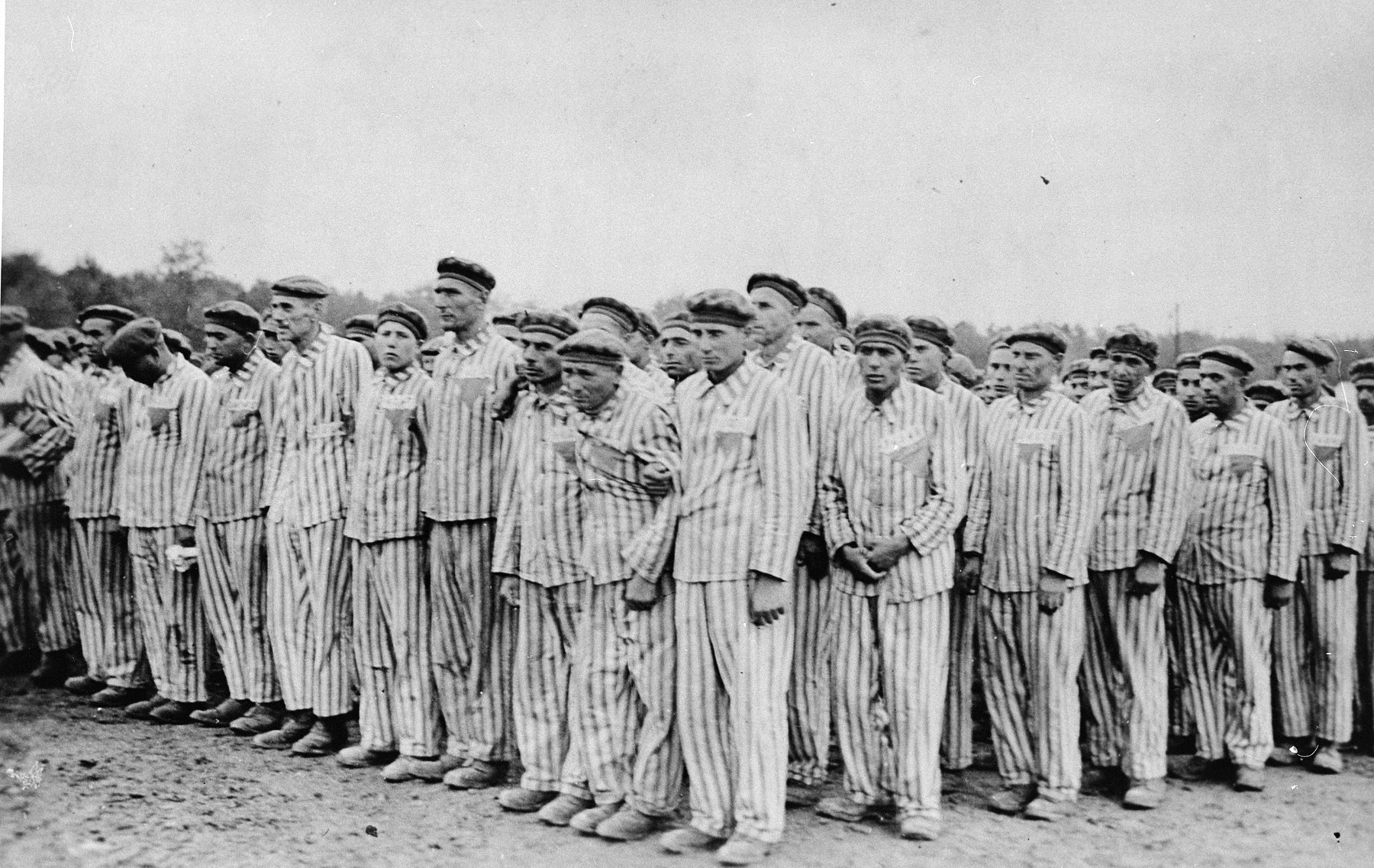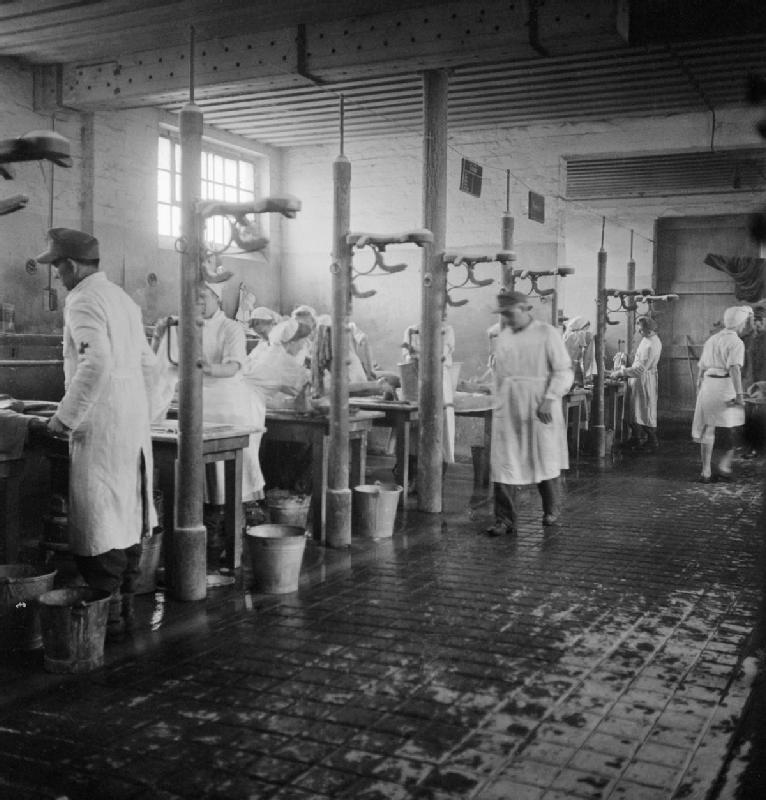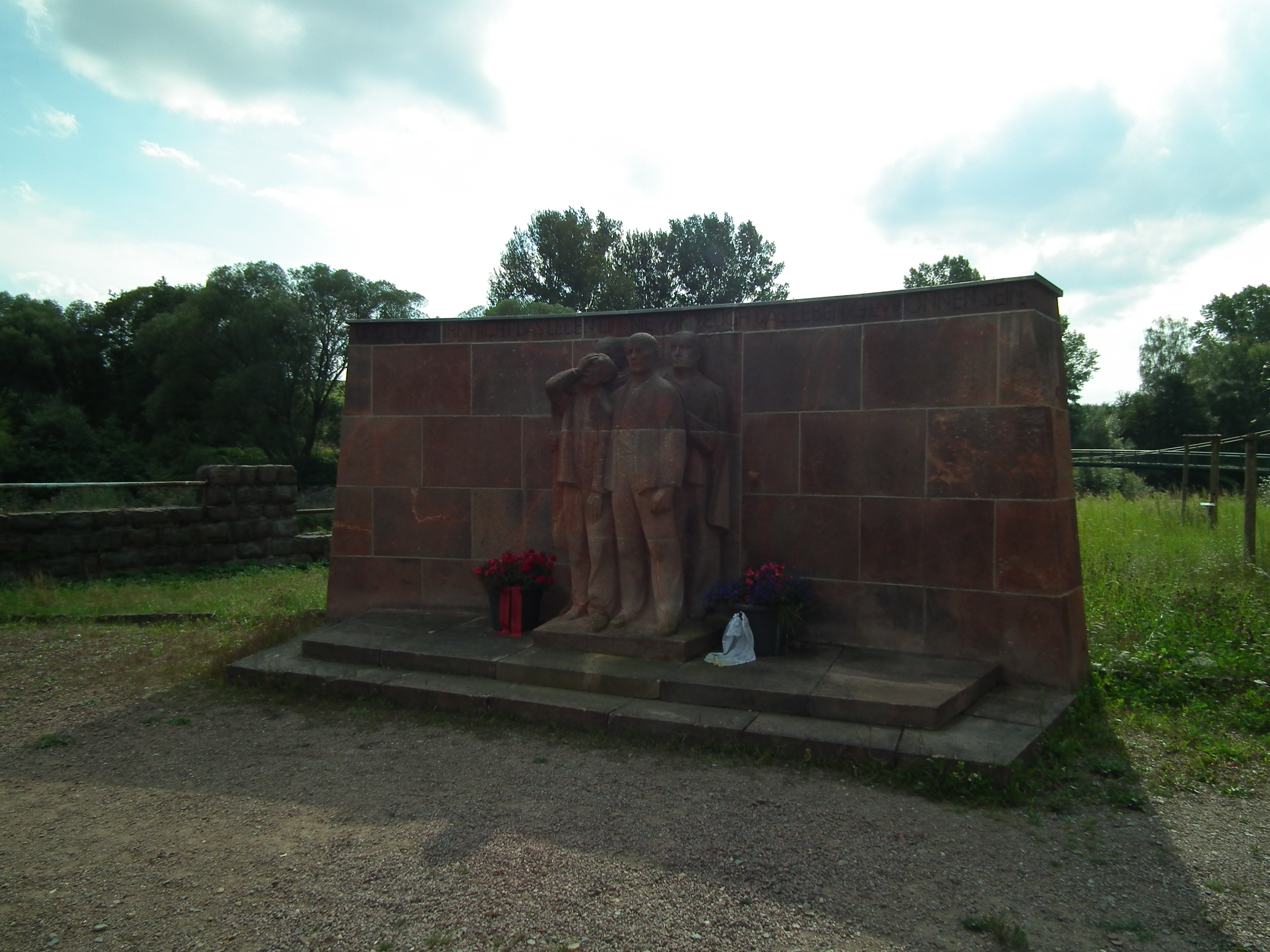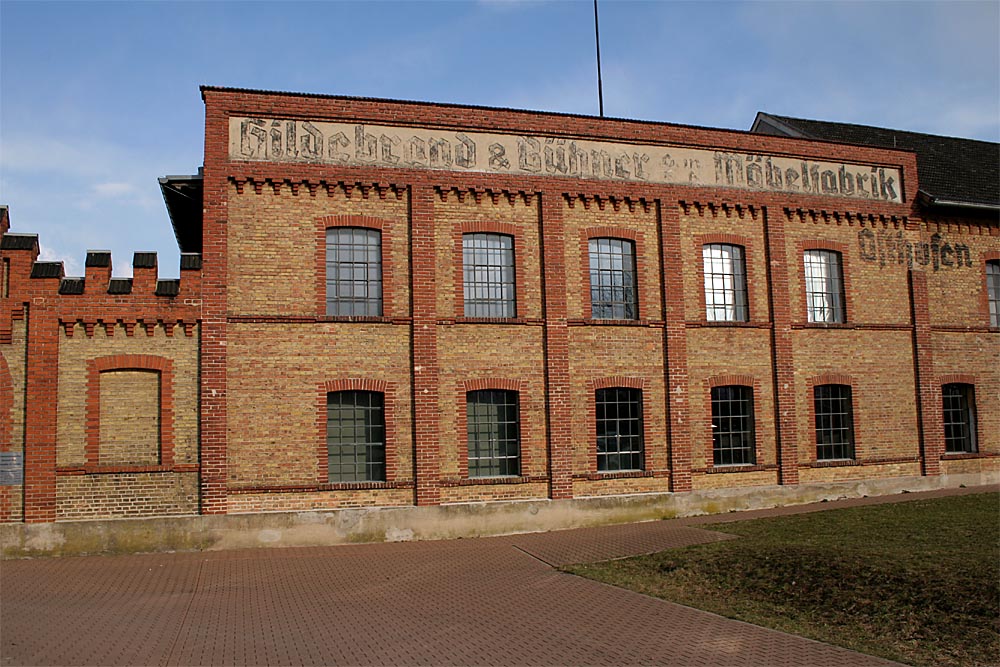|
List Of Nazi Concentration Camps
According to the '' Encyclopedia of Camps and Ghettos'', there were 23 main concentration camps (), of which most had a system of satellite camps. Including the satellite camps, the total number of Nazi concentration camps that existed at one point in time is at least a thousand, although these did not all exist at the same time. Karin Orth in '' Encyclopedia of Camps and Ghettos, 1933–1945'', p. 195, fn 49 List of camps Early camps * Breitenau concentration camp * Breslau-Dürrgoy concentration camp * Columbia concentration camp * Esterwegen concentration camp * Kemna concentration camp * Kislau concentration camp * Lichtenburg concentration camp * Missler concentration camp * Nohra concentration camp * Oranienburg concentration camp * Osthofen concentration camp * Sachsenburg concentration camp * Sonnenburg concentration camp * Vulkanwerft concentration camp Main camps * Arbeitsdorf concentration camp * Auschwitz concentration camp ** List of subcamps of Auschwitz * Berge ... [...More Info...] [...Related Items...] OR: [Wikipedia] [Google] [Baidu] |
Nazi Concentration Camps
From 1933 to 1945, Nazi Germany operated more than a thousand concentration camps (), including subcamp (SS), subcamps on its own territory and in parts of German-occupied Europe. The first camps were established in March 1933 immediately after Adolf Hitler became Chancellor of Germany. Following the Night of Long Knives, 1934 purge of the Sturmabteilung, SA, the concentration camps were run exclusively by the Schutzstaffel, SS via the Concentration Camps Inspectorate and later the SS Main Economic and Administrative Office. Initially, most prisoners were members of the Communist Party of Germany, but as time went on different groups were arrested, including "habitual criminals", "Black triangle (badge), asocials", and Jews. After the beginning of World War II, people from German-occupied Europe were imprisoned in the concentration camps. About 1.65 million people were registered prisoners in the camps, of whom about Holocaust victims, a million died during their imprisonment. ... [...More Info...] [...Related Items...] OR: [Wikipedia] [Google] [Baidu] |
Lichtenburg Concentration Camp
Lichtenburg was a Nazi concentration camp, housed in a Renaissance castle in Prettin, near Wittenberg in the Province of Saxony. Along with Sachsenburg, it was among the first to be built by the Nazis, and was operated by the SS from 1933 to 1939. It held as many as 2000 male prisoners from 1933 to 1937 and from 1937 to 1939 held female prisoners. It was closed in May 1939, when the Ravensbrück concentration camp for women was opened, which replaced Lichtenburg as the main camp for female prisoners. Operation Details about the operation of Lichtenburg, held by the International Tracing Service, only became available to researchers in late 2006. An account of the way the camp was run may be read in Lina Haag's book ''A Handful of Dust'' or ''How Long the Night''. Haag was perhaps the best known survivor of Lichtenburg, having obtained release before it was shut down. Lichtenburg was among the first concentration camps in Nazi Germany operating under the SS from 13 June 1 ... [...More Info...] [...Related Items...] OR: [Wikipedia] [Google] [Baidu] |
List Of Subcamps Of Buchenwald
The following is a list of the forced labor subcamps of the Nazi Nazism (), formally named National Socialism (NS; , ), is the far-right politics, far-right Totalitarianism, totalitarian socio-political ideology and practices associated with Adolf Hitler and the Nazi Party (NSDAP) in Germany. During H ... Buchenwald concentration camp. List of national socialist camps and detention sites 1933 - 1945 See also * List of Nazi concentration campsNotes and references {{reflist[...More Info...] [...Related Items...] OR: [Wikipedia] [Google] [Baidu] |
Buchenwald Concentration Camp
Buchenwald (; 'beech forest') was a German Nazi concentration camp established on Ettersberg hill near Weimar, Nazi Germany, Germany, in July 1937. It was one of the first and the largest of the concentration camps within the Altreich (pre-1938 Nazi Germany), Altreich (Old Reich) territories. Many actual or suspected communists were among the first internees. Prisoners came from all over Europe and the Soviet Union, and included Jews, Polish people, Poles, and other Slavs, the mentally ill, and physically disabled, political prisoners, Romani people, Roma, Freemasonry, Freemasons, and prisoners of war. There were also ordinary criminals and those perceived as sexual deviants by the Nazi regime. All prisoners worked primarily as forced labor in local armaments factories. The insufficient food and poor conditions, as well as deliberate executions, led to 56,545 deaths at Buchenwald of the 280,000 prisoners who passed through the camp and its List of subcamps of Buchenwald, 139 sub ... [...More Info...] [...Related Items...] OR: [Wikipedia] [Google] [Baidu] |
Bergen-Belsen Concentration Camp
Bergen-Belsen (), or Belsen, was a Nazi concentration camp in what is today Lower Saxony in Northern Germany, northern Germany, southwest of the town of Bergen, Lower Saxony, Bergen near Celle. Originally established as a prisoner of war camp, in 1943, parts of it became a concentration camp. Initially this was an "exchange camp", where Jewish people, Jewish hostages were held with the intention of exchanging them for German prisoners of war held overseas. The camp was later expanded to hold Jews from other concentration camps. After 1945, the name was applied to the Bergen-Belsen DP camp, displaced persons camp established nearby, but it is most commonly associated with the concentration camp. From 1941 to 1945, almost 20,000 Soviet Union, Soviet prisoners of war and a further 50,000 inmates died there. Overcrowding, lack of food, and poor sanitary conditions caused outbreaks of typhus, tuberculosis, typhoid fever, and dysentery; leading to the deaths of more than 35,000 peopl ... [...More Info...] [...Related Items...] OR: [Wikipedia] [Google] [Baidu] |
List Of Subcamps Of Auschwitz
The Auschwitz concentration camp complex was a system of concentration camps (, abbreviated as either ''KL'' or ''KZ'') run by Nazi Germany Nazi Germany, officially known as the German Reich and later the Greater German Reich, was the German Reich, German state between 1933 and 1945, when Adolf Hitler and the Nazi Party controlled the country, transforming it into a Totalit ... in occupied Poland from 1940 to 1945. The main camp (German: ''Stammlager'') was Auschwitz I. Auschwitz II, or Birkenau, was a concentration and extermination camp, and became the most notorious of the camps. Auschwitz III, or Monowitz, was a labour camp. In addition to the three largest camps, Auschwitz consisted of several subcamps. The satellite camps were named ''Aussenlager'' (external camp), ''Nebenlager'' (extension or subcamp), and ''Arbeitslager'' (labour camp). Several lay within of the main camp, with prisoner populations ranging from dozens to several thousand. KL Auschwitz ... [...More Info...] [...Related Items...] OR: [Wikipedia] [Google] [Baidu] |
Auschwitz Concentration Camp
Auschwitz, or Oświęcim, was a complex of over 40 Nazi concentration camps, concentration and extermination camps operated by Nazi Germany in Polish areas annexed by Nazi Germany, occupied Poland (in a portion annexed into Germany in 1939) during World War II and the Holocaust. It consisted of #Auschwitz I, Auschwitz I, the main camp (''Stammlager'') in Oświęcim; #Auschwitz II-Birkenau, Auschwitz II-Birkenau, a concentration and extermination camp with gas chambers, #Auschwitz III, Auschwitz III-Monowitz, a Arbeitslager, labour camp for the chemical conglomerate IG Farben, and List of subcamps of Auschwitz, dozens of subcamps. The camps became a major site of the Nazis' final solution, Final Solution to the Jewish question. After Germany Causes of World War II#Invasion of Poland, initiated World War II by Invasion of Poland, invading Poland in September 1939, the ''Schutzstaffel'' (SS) converted Auschwitz I, an army barracks, into a prisoner-of-war camp. The initial transpo ... [...More Info...] [...Related Items...] OR: [Wikipedia] [Google] [Baidu] |
Arbeitsdorf Concentration Camp
Arbeitsdorf ("work-village") was a Nazi concentration camp in Stadt des KdF-Wagens bei Fallersleben 1942. History and the purpose of the camp In 1936, a Czech engineer by the name of Ferdinand Porsche designed a prototype of a car that would be affordable enough for all Germans to buy. He then showed his idea to the then dictator of Germany, Adolf Hitler. Hitler liked his idea and ordered the manufacture of the car which was known as the KDF-Wagen or later known as the Volkswagen vehicle. With Hitler's approval, Porsche and his business partner Albert Speer set up a factory in Fallersleben, a town northeast of the city of Braunschweig, and because of the war, all production from this camp was to be used for military purposes only. In 1939 the Nazi looked for inmates to put in the camp. In 1942, Porsche and Speer started a project to see how they could use concentration camp inmates for cheaper, and large-scale production of their cars, in order to benefit their industry. The pri ... [...More Info...] [...Related Items...] OR: [Wikipedia] [Google] [Baidu] |
Vulkanwerft Concentration Camp
Vulkanwerft concentration camp in the Bredow district of Szczecin (), also known as the ''KZ Stettin-Bredow'', was one of the early so-called "wild" German Nazi concentration camps set up by the SA (or the SS by different source), in October 1933. The camp existed only until 11 March 1934, before prisoner transfer, and in spite of its short history, had as many as three commandants including '' SS-Truppführer'' Otto Meier, ''SS-Truppführer'' Karl Salis, and ''SS-Truppführer'' Fritz Pleines. The camp was notorious for the brutality of its guards. The prisoners were kept in the basement of the shipyard buildings. Some of the prisoners had contacts capable of influencing the leadership. Former field marshal August von Mackensen wrote a letter to Hermann Göring, after which eight people, Joachim Hoffmann, Gustav Fink, Fritz Pleines, Willi Herrmann, Heinrich Richter and Walter Treptow, were arrested for torturing detainees. All of them were convicted "because out of pure sadism t ... [...More Info...] [...Related Items...] OR: [Wikipedia] [Google] [Baidu] |
Sonnenburg Concentration Camp
The Sonnenburg concentration camp () was a Nazi German concentration camp, that was opened on 3 April 1933 in Sonnenburg (now Słońsk in Poland) in a former prison, on the initiative of the Free State of Prussia Ministry of the Interior and Justice. History Although the state of hygiene in the building, which had been closed in 1930 was appalling, officials of the Prussian justice ministry recommended it as a suitable site. They estimated the capacity of the building at 941 so-called protective custody prisoners (''Schutzhäftlinge''), who could be accommodated either in single cells or in communal cells holding up to 20, 30 and 60 people each. The first 200 prisoners along with 60 SA auxiliary police came on 3 April 1933 from the Berlin Police Presidium. Later, on the order of the head of the Prussian Gestapo, prisoners were deported from the penal institution of Gollnow (Goleniów) in Pomerania to Sonnenburg, bringing the number of inmates to 1,000. Sonnenburg concentrat ... [...More Info...] [...Related Items...] OR: [Wikipedia] [Google] [Baidu] |
Sachsenburg Concentration Camp
Sachsenburg was a Nazi concentration camp in eastern Germany, located in Frankenberg, Saxony, near Chemnitz. Along with Lichtenburg, it was among the first to be built by the Nazis, and operated by the SS from 1933 to 1937. The camp was an abandoned four-story textile mill which was renovated in May 1933 to serve as a "protective custody" facility for dissidents such as Jehovah's Witnesses, who opposed the Nazi regime. Sachsenburg was the first concentration camp in which SS used colored triangles sewn onto clothing, as well as armbands, to identify categories of prisoners. Details about the operation of Sachsenburg, held in 17 files (each containing several hundred SS reports) by the International Tracing Service, only became available to researchers in late 2006. Interned people * Bruno Apitz * Hugo Gräf * Alfred Kästner * Johannes König * Erich Mückenberger * Otto Schön See also *Lichtenburg concentration camp Lichtenburg was a Nazi concentration cam ... [...More Info...] [...Related Items...] OR: [Wikipedia] [Google] [Baidu] |
Osthofen Concentration Camp
The Osthofen concentration camp () was an early Nazi concentration camp in Osthofen, close to Worms, Germany. It was established in March 1933 in a former paper factory. The camp was administered by the People's State of Hesse's Political Police, with guards first drawn from SA and SS, later only SS men. The first prisoners were mostly Communists or Social Democrats, but later Jehovah's Witnesses, Seventh-Day Adventists and non-political Jews were also sent to the camp. Usually, Osthofen held 200 people at a time, with a total of about 3,000 prisoners over the existence of the camp. While none of the inmates died in the camp, many became sick due to the poor living conditions and hygiene. Abuse and humiliation of the prisoners, who were used as unpaid labourers, was common. One of the two prisoners who managed to escape from Osthofen, Max Tschornicki, met the author Anna Seghers in her Paris exile, and her novel '' The Seventh Cross'', describes the conditions at a fictional " ... [...More Info...] [...Related Items...] OR: [Wikipedia] [Google] [Baidu] |







